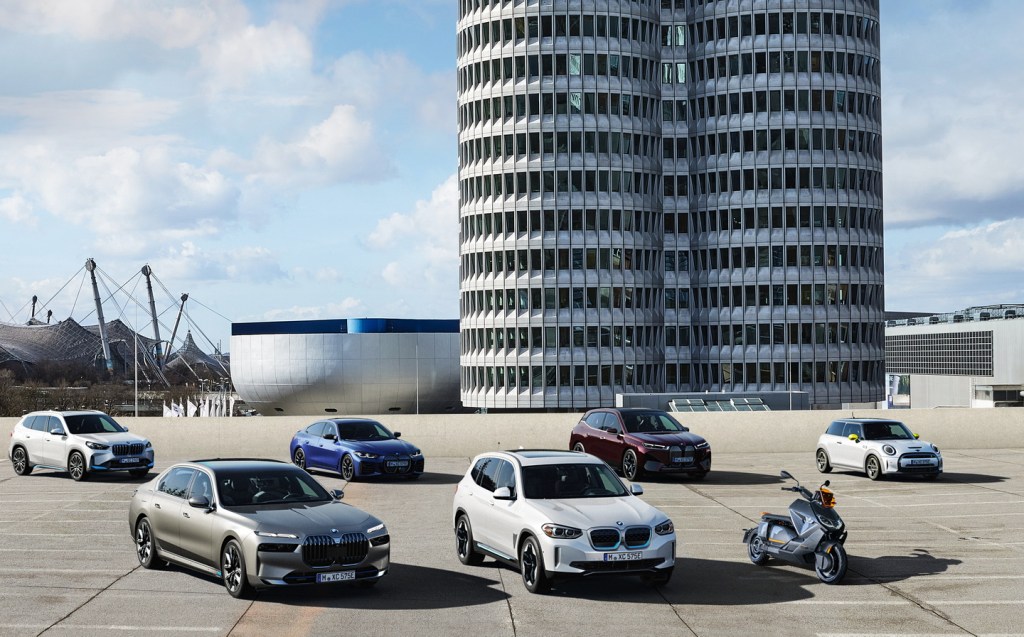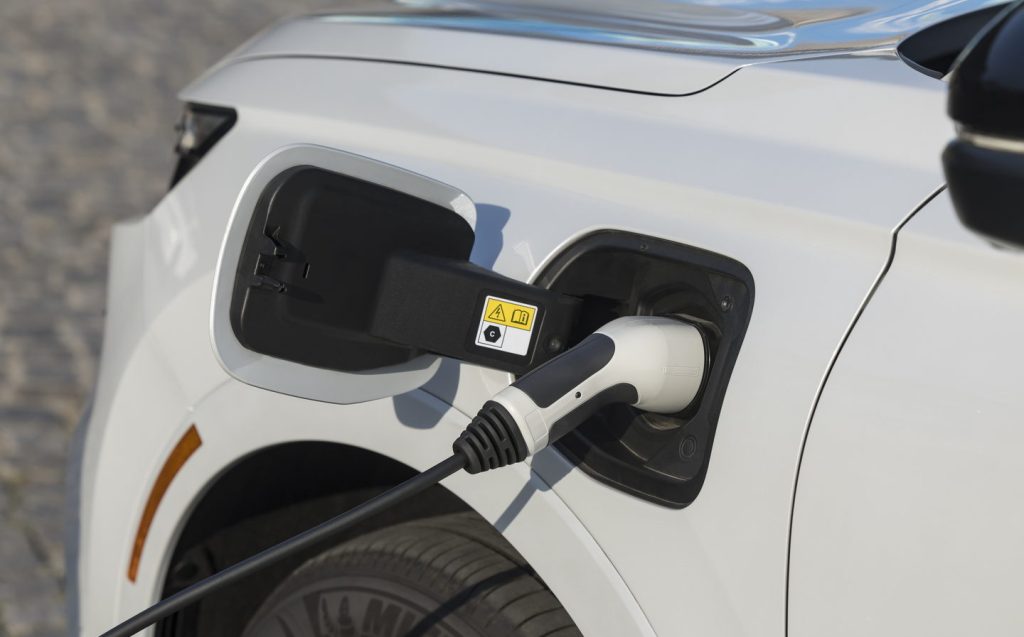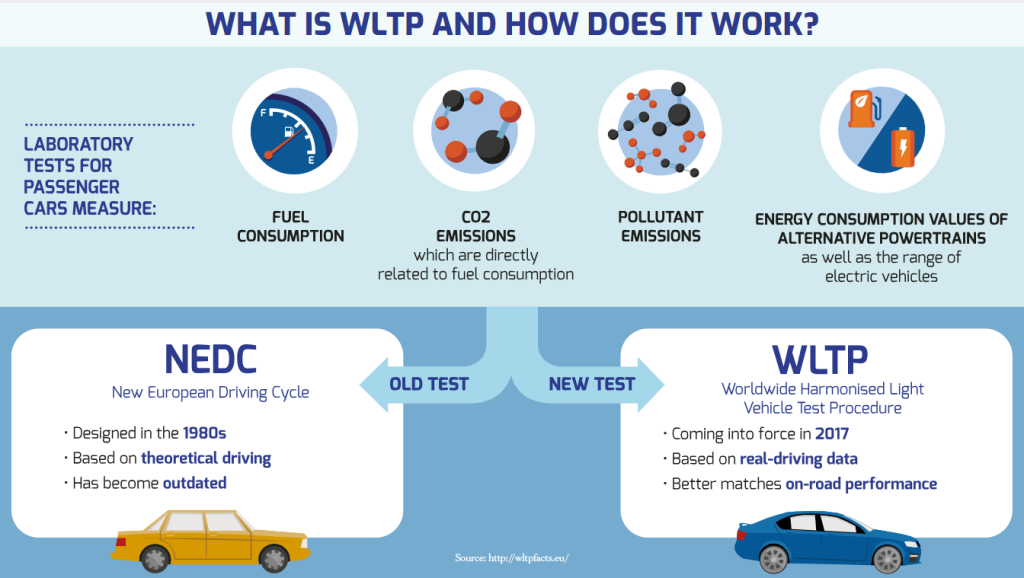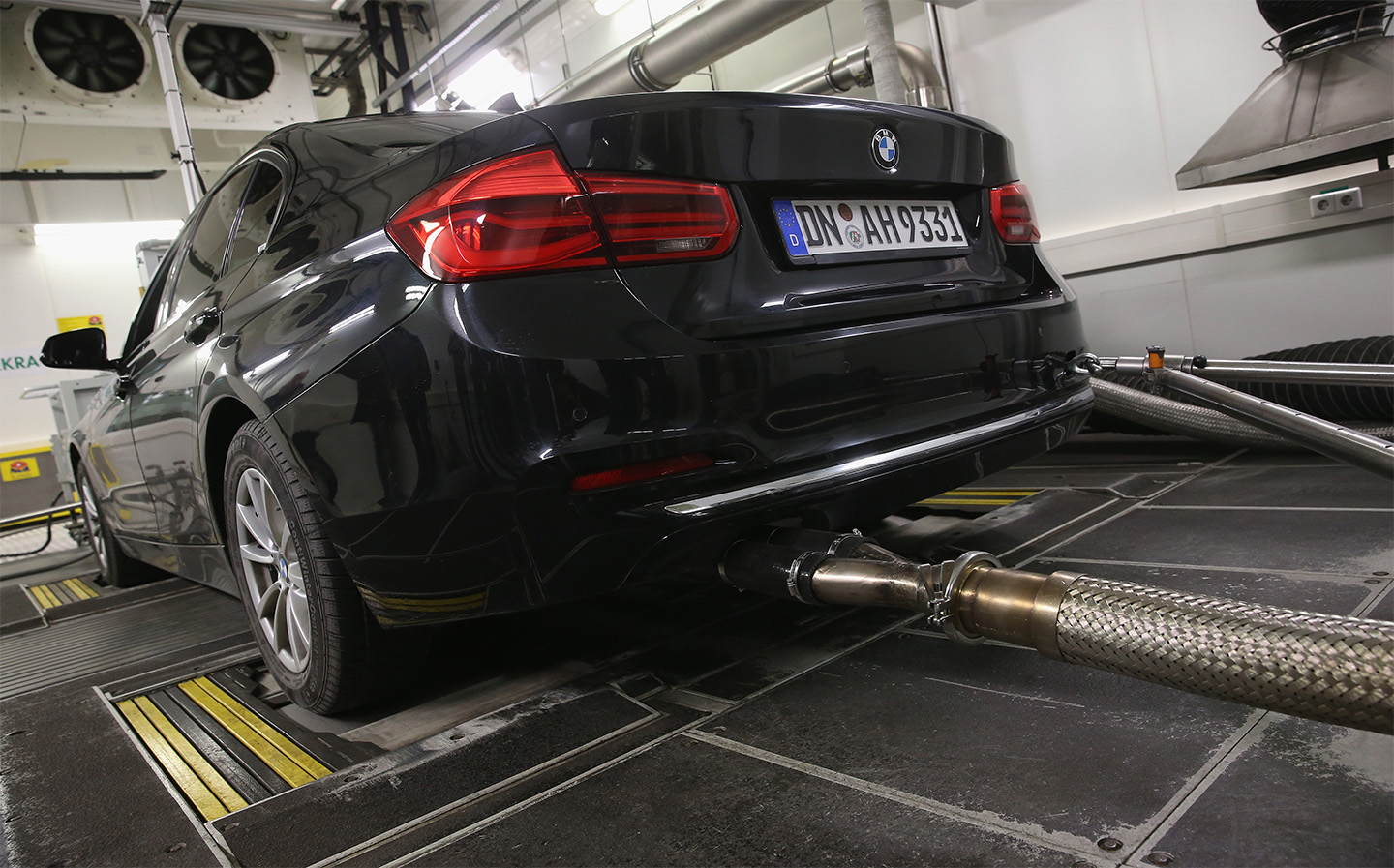European court calls for car fuel economy test to be replaced after studies find large over-estimations
SUVs and luxury cars called out in particular
Reports from both the European Commission and the European Court of Auditors show that the fuel consumption and emissions figures generated by the current official test system are not holding up in the real world, and cars are both thirstier and emitting more than we’re being told.
Indeed, the WLTP (World harmonised Light duty vehicle Test Procedure) estimates were found to over-estimate petrol car economy by as much as 23.7 per cent, and that of diesel cars by 18.1 per cent.
The overshoot of estimations by the official test is leading to calls from the Court of Auditors to throw out and rewrite current emissions legislation by as soon as 2026.
The news is likely to be hugely unwelcome in the boardrooms of carmakers, given that they had only just finished drawing sighs of relief that the next set of emissions regulations, called Euro7, were much less draconian than feared.
Call for minimum level of sales of zero-emissions cars
The Court of Auditors has suggested to the EU that the current regulations — which stipulate an average emissions figure of 115.1g/km of carbon dioxide across each carmaker’s fleet this year, falling to 93.6g/km next year — should be cast aside, and a new set of regulations built around a minimum sales figure for zero-emissions electric vehicles should be introduced instead.

The Court of Auditors report stated that: “The key challenge for meeting emission-reduction targets for 2030 and beyond will be to ensure a sufficient uptake of zero-emission vehicles. In particular, it will be important to address electric vehicle affordability, provide sufficient electric vehicle charging infrastructure and secure the supply of raw materials to produce batteries.
“The Commission should assess the feasibility, costs and benefits of the following changes to the current CO2 regulation, replacing the current EU and manufacturer-level targets with targets based instead on a minimum share of zero emission vehicles.”
Such an EU rule-change would not directly affect UK law — indeed, we already have a legislative requirement for a minimum levels of electric car sales.
However, since Brexit the UK has generally shadowed European emissions regulations, not least because a huge number of the cars built in the UK — by the likes of Jaguar Land Rover, Toyota, Nissan and Vauxhall, not to mention low-volume brands such as Aston Martin, McLaren and Morgan — are of course sold in Europe.
Plug-in hybrids under the spotlight
Carmakers had, to a large extent, been counting on the low official emissions figures of plug-in hybrid models to help them achieve the existing regulatory limits, but that may now also be in doubt.
The real-world testing has shown that plug-in hybrids simply aren’t being plugged in often enough to get them anywhere near their official figures, a fact which will next year be used to change their official emissions ratings.
The research carried out by the European Commission was less damning than that of the Court of Auditors, but nevertheless raised concerns about the prevalence of large SUVs and other luxury vehicles, noting that these models overshoot their WLTP ratings far more than mainstream models in real-world conditions.

It will very likely lead to renewed calls — first raised by Germany’s Green Party in 2019 — to either put a cap on sales of large, heavy SUV models, increase taxes on them or possibly even attempt to find a way to ban them completely.
WLTP test was supposed to fix this issue
The WLTP test replaced the old NEDC test (New European Driving Cycle) in 2018, partly as a response to “Dieselgate” but also because it was becoming well known that carmakers were playing with the system, stripping out weight and improving the aerodynamics performance of the cars being put forward for the official test, as well as making sure that energy-sapping systems, such as air conditioning, were turned off.
The WLTP test more than doubled the distance covered on the test, introduced more variables such as when the car would change gear, and bumped the average speed up from barely 22mph to close to 30mph. The test duration was also extended by ten minutes, from 20 to 30 minutes.

All of that was done to try and create a test that was more immune to manufacturer meddling, while also producing official figures that would stand up to robust real-world conditions. If the reports from the European Commission and the European Court of Auditors are accurate, that has certainly not worked, and now car makers may well be faced with entirely new, and more stringent, legislation.
In the UK, real world range figures for electric cars have been found to be significantly below the official figures touted by manufacturers, which are based on the WLPT system. Part of the problem is that WLTP stipulates a test at 23C, which doesn’t reflect usual ambient temperatures for much of the year in the UK — particularly during winter — and cold weather affects battery chemistry, thereby reducing EV range.
In the immediate term the reports will result in little effect on motorists, as the legislation is unlikely to change for at least 18 months, and cars currently approved for sale will likely be sold advertising the current WLTP figures. However, from 2026 onwards — if the Court of Auditors has its way — the European, and British, new car emissions figures could be very different.
Related articles
- If you found news on the inaccuracy of the WLTP test figures interesting, you might like to read our review of the new Skoda Superb Estate, too
- Want to know what the best-selling cars in the UK are?
- Looking for something more compact? Read our extended test report on the Skoda Kamiq
Latest articles
- Aston Martin Valkyrie AMR-LMH hypercar hits track ahead of 2025 Le Mans challenge
- Porsche has begun testing the electric Cayenne
- Cupra Leon 272 eHybrid 2024 review: Bigger battery, better tech … but is it a Cupra?
- Porsche 911 GTS 2024 review: Hybrid heresy or more Stuttgart genius?
- Extended test: 2023 Vauxhall Astra Sports Tourer GS PHEV
- Ford Capri revival has faced a lot of flak… but are buyers put off? Here’s what visitors to the Festival of Speed had to say
- F1 2024 calendar and race reports: What time the next grand prix starts and what happened in the previous rounds
- ‘No timeframe’ for how long Volvo’s returning estate cars will be on sale in UK
- Kia Picanto 2024 review: Updates add spice to cute Korean city car














